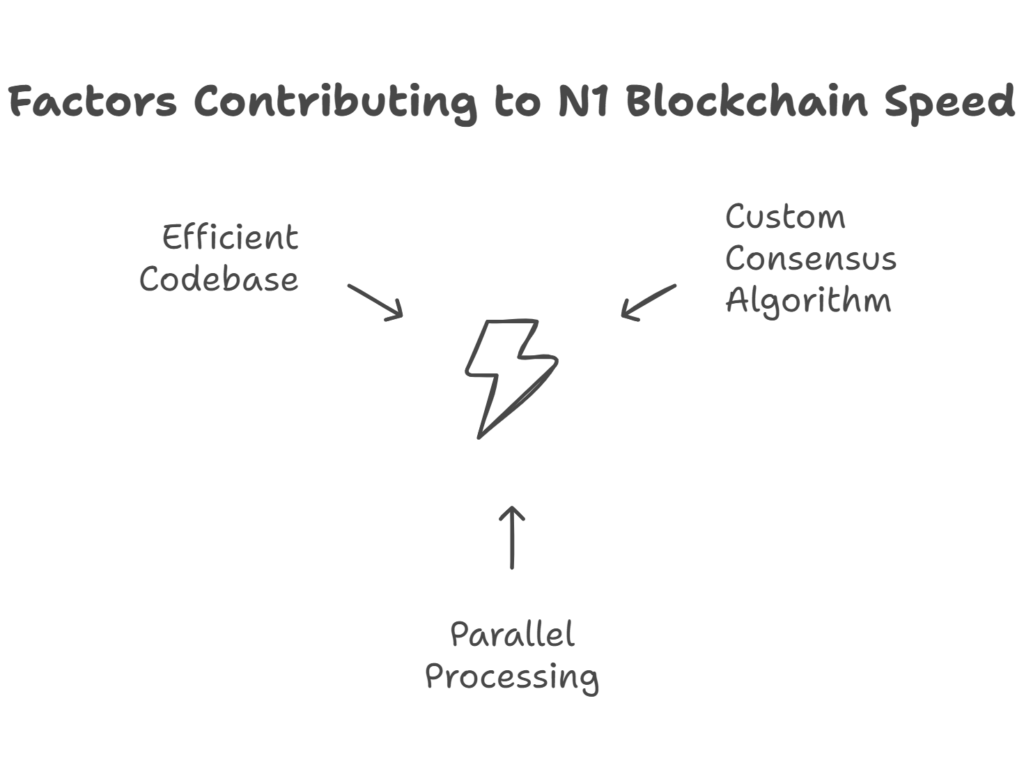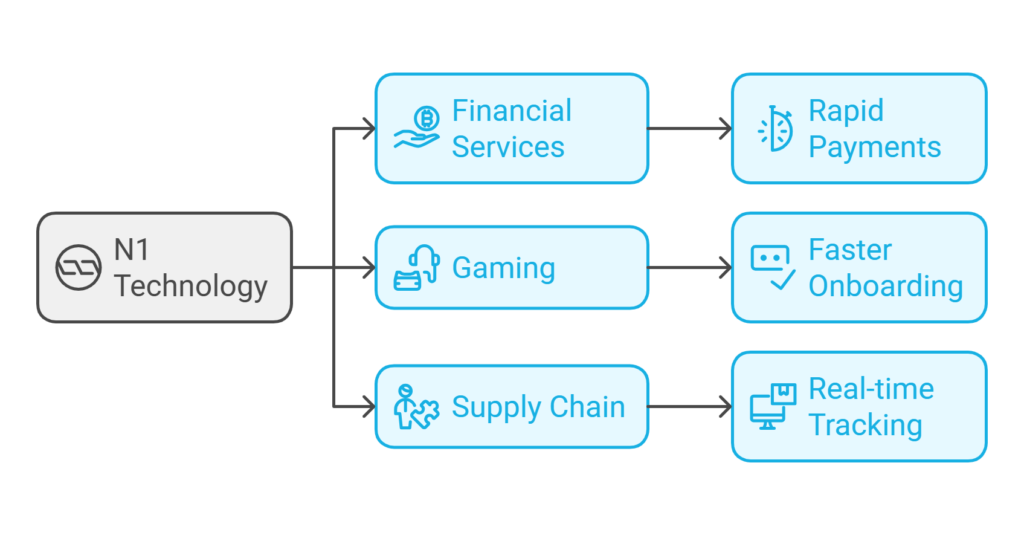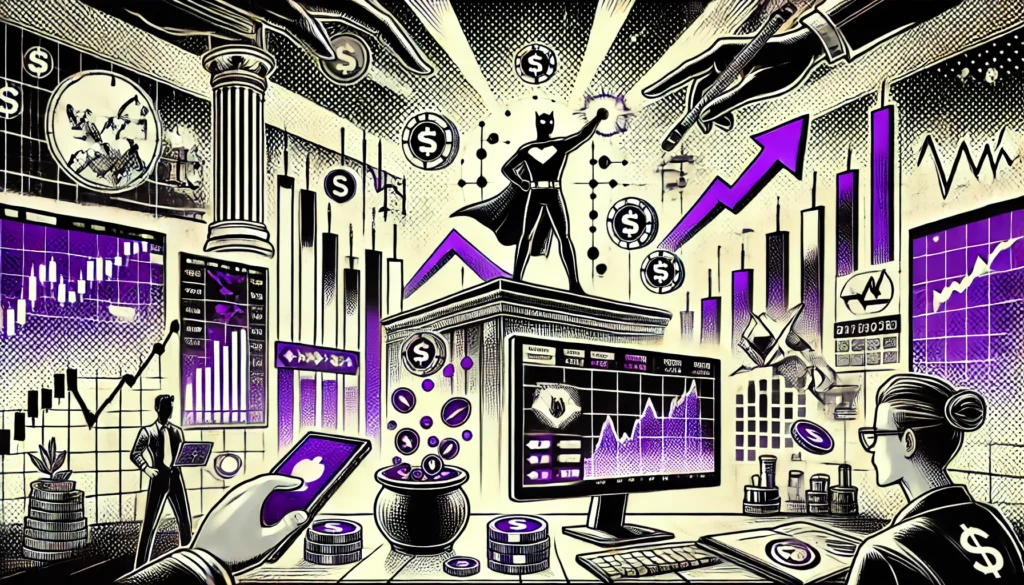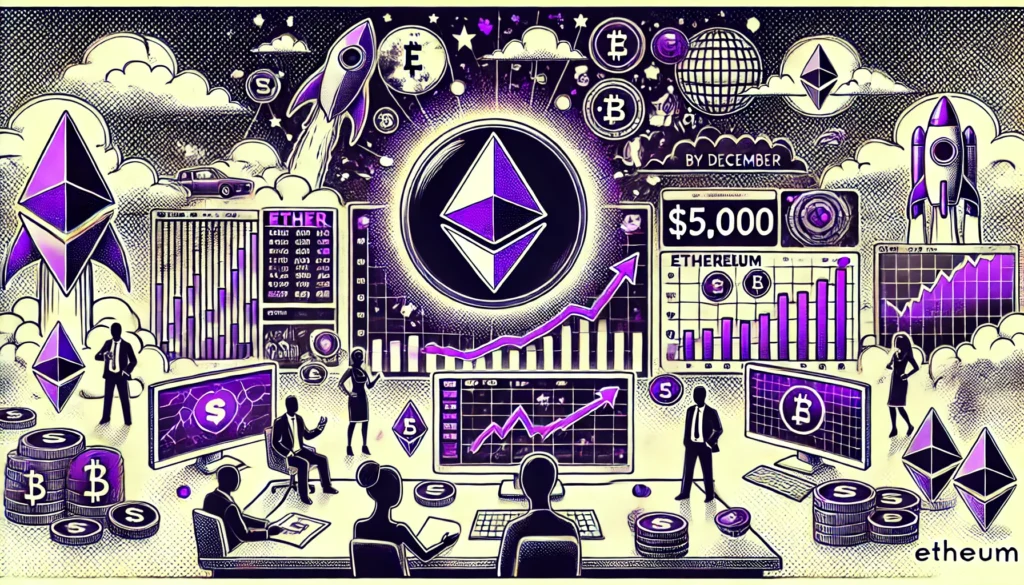Fastest Blockchain: N1 Processes 100,000 Transactions Per Second

The blockchain space has been buzzing with breakthroughs, and one of the most impressive innovations to grab the spotlight is N1, the fastest blockchain to date, capable of processing a staggering 100,000 transactions per second. This milestone is an impressive leap forward, advancing scalability and decentralization while setting new benchmarks for blockchain technologies. But what does this mean for the industry and developers alike? Let’s dive deeper.
The Game-Changing Scalability of N1
Scalability in blockchain has been a bottleneck for mainstream adoption, particularly for networks like Bitcoin and Ethereum, where high transaction speeds often come at the cost of decentralization or security. Layer N1 disrupts that narrative by delivering lightning-fast transaction speeds without compromising on decentralization. In fact, with its scalability of 100,000 transactions per second (TPS), N1 is poised to outperform most existing blockchain networks, opening the doors to a wide array of applications.
According to a recent report by Cointelegraph, Layer N1 achieves this performance by adopting a unique multi-layered architecture. Unlike Ethereum L1, which has been criticized for high fees and network congestion, N1 leverages languages like TypeScript, Rust, and C for optimal performance. This decision to bypass Ethereum L1 entirely has been pivotal in achieving unparalleled speed and efficiency.
How Does N1 Achieve Such Speed?
Several factors contribute to the mind-blowing speed of N1 blockchain:
- Custom Consensus Algorithm: The secret sauce behind N1’s performance is its innovative consensus mechanism, designed to minimize latency and maximize throughput.
- Parallel Processing: By enabling multiple transactions to process simultaneously, rather than sequentially, N1 eliminates traditional bottlenecks.
- Efficient Codebase: Built with TypeScript, Rust, and C, the codebase is optimized for lightweight execution, allowing faster processing without adding unnecessary overhead.
These technological advancements aren’t just theoretical; they translate into real-world performance gains. Developers looking for a blockchain to power scalable decentralized applications (dApps) could find a new home in N1.

Why the Fastest Blockchain Matters
The fastest blockchain isn’t just a vanity metric—it solves real-world problems that have plagued the industry for years. Faster transaction speeds and lower latency mean N1 isn’t just breaking records; it’s paving the way for digital payments, tokenized assets, and decentralized ecosystems to run without friction.
But speed alone doesn’t define N1’s success. Reliability, low gas fees, and consistent performance are equally critical. With its highly efficient architecture, N1 has the potential to accommodate the next wave of decentralized finance (DeFi) protocols, NFTs, supply chain solutions, and more.
For more blockchain and cryptocurrency insights, take a look at Metacandle, a site offering up-to-date guidance on emerging blockchain technologies.
Can Ethereum Catch Up?
The emergence of N1 puts immense pressure on Ethereum to upgrade its offerings. Ethereum 2.0 is an ongoing project designed to improve scalability through the adoption of Proof-of-Stake (PoS) and sharding techniques. However, Ethereum’s reliance on legacy infrastructure presents its own challenges.
In this context, N1’s decision to bypass Ethereum L1 entirely appears as more than just a performance tweak—it’s a game-changer. As Ethereum developers race to enhance network performance, N1 sets a new competitive benchmark, forcing the industry to rethink its priorities.
Applications of N1 Technology
N1’s record-breaking 100,000 TPS isn’t just theoretical; it has major implications for real-world use cases. Let’s explore some key industries that stand to benefit:
1. Financial Services
Frictionless and rapid payments are the backbone of decentralized finance. N1’s speed ensures transactions settle almost instantly, making it ideal for high-frequency trading platforms, remittances, and cross-border payments.
2. Gaming
NFT-based gaming environments and metaverses rely heavily on blockchain networks to process microtransactions, mint tokens, and verify ownership. The N1 blockchain unlocks the potential for faster onboarding experiences.
3. Supply Chain
With 100,000 TPS, N1 can facilitate real-time logistics tracking, enhancing transparency and efficiency across global trade networks.
As the adoption of blockchain grows across various industries, networks that bridge performance and decentralization will continue to lead the charge, and this is where N1 shines.

Challenges Ahead for N1
Despite its significant achievements, N1 isn’t without challenges. Adoption and interoperability remain critical growth hurdles. While N1’s initial launch offers groundbreaking performance, it requires robust community support and a growing ecosystem of developers, validators, and businesses to succeed in the long term.
Moreover, competition from established players like Ethereum, Solana, and Binance Smart Chain remains a factor. Each of these networks is rolling out performance upgrades, ensuring their continued relevance. N1 must maintain its momentum while innovating to stay ahead.
Conclusion: A Fast-Paced Future for N1
The race to scale blockchain networks has a new leader—N1. Boasting an astounding 100,000 transactions per second, it leaps ahead in the blockchain scalability race, redefining what’s possible in decentralized technology. While challenges persist, such as adoption and competition, N1 is undoubtedly paving the road for a future where blockchain isn’t just efficient but transformative.
Time will tell how the fastest blockchain aligns with its ambitious goals, but one thing is certain—N1 has set a new standard, and the industry is taking notice.







Responses